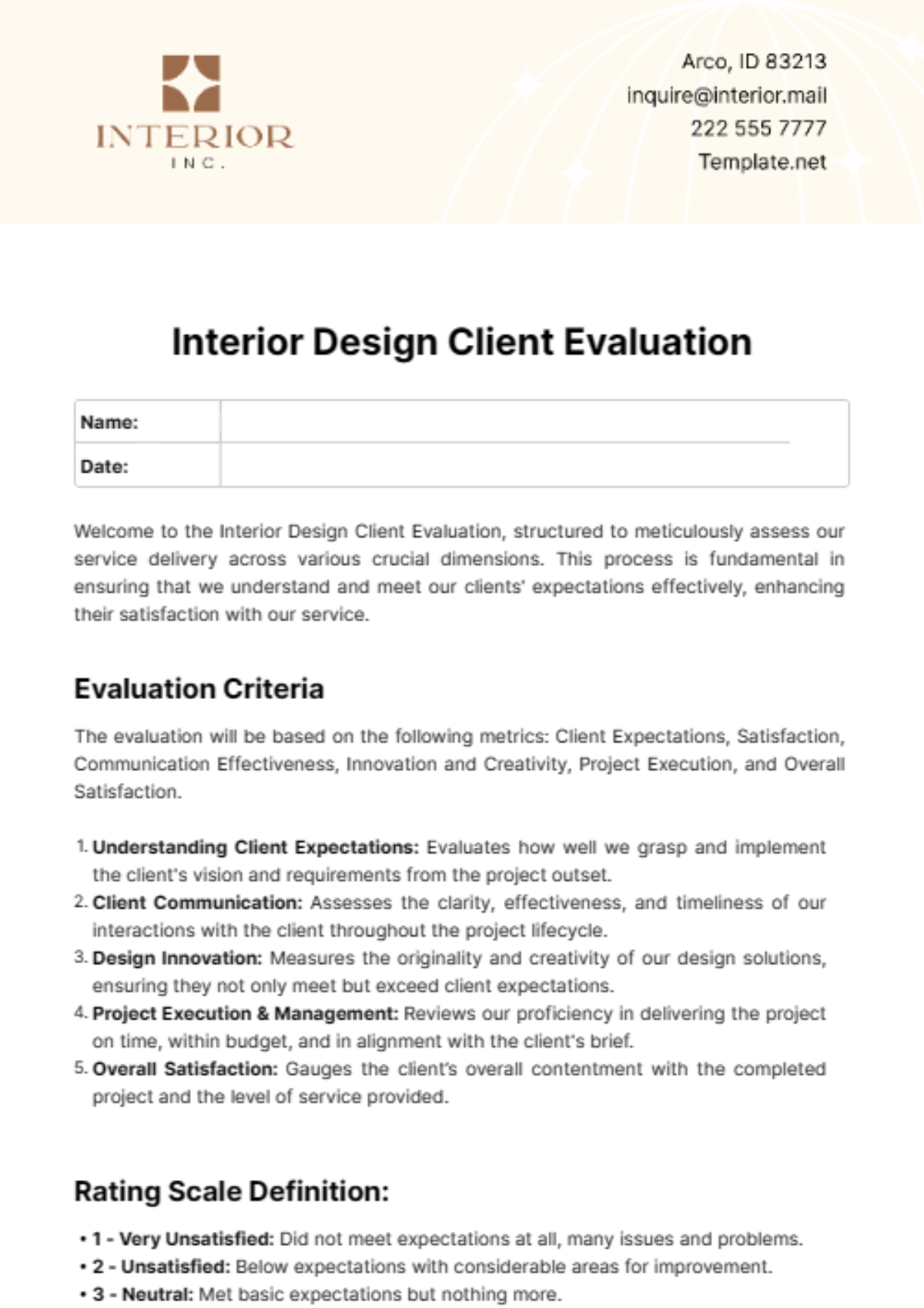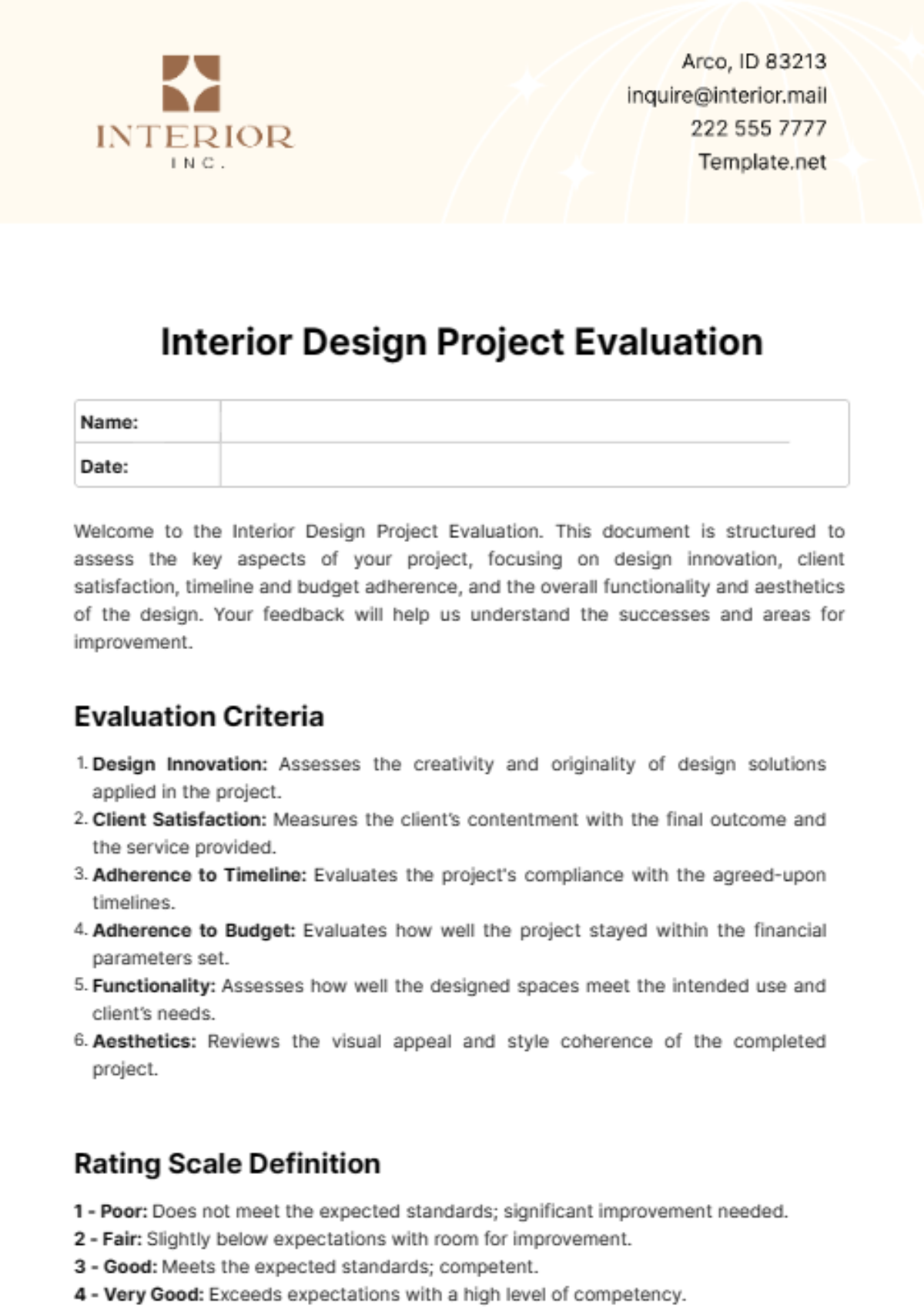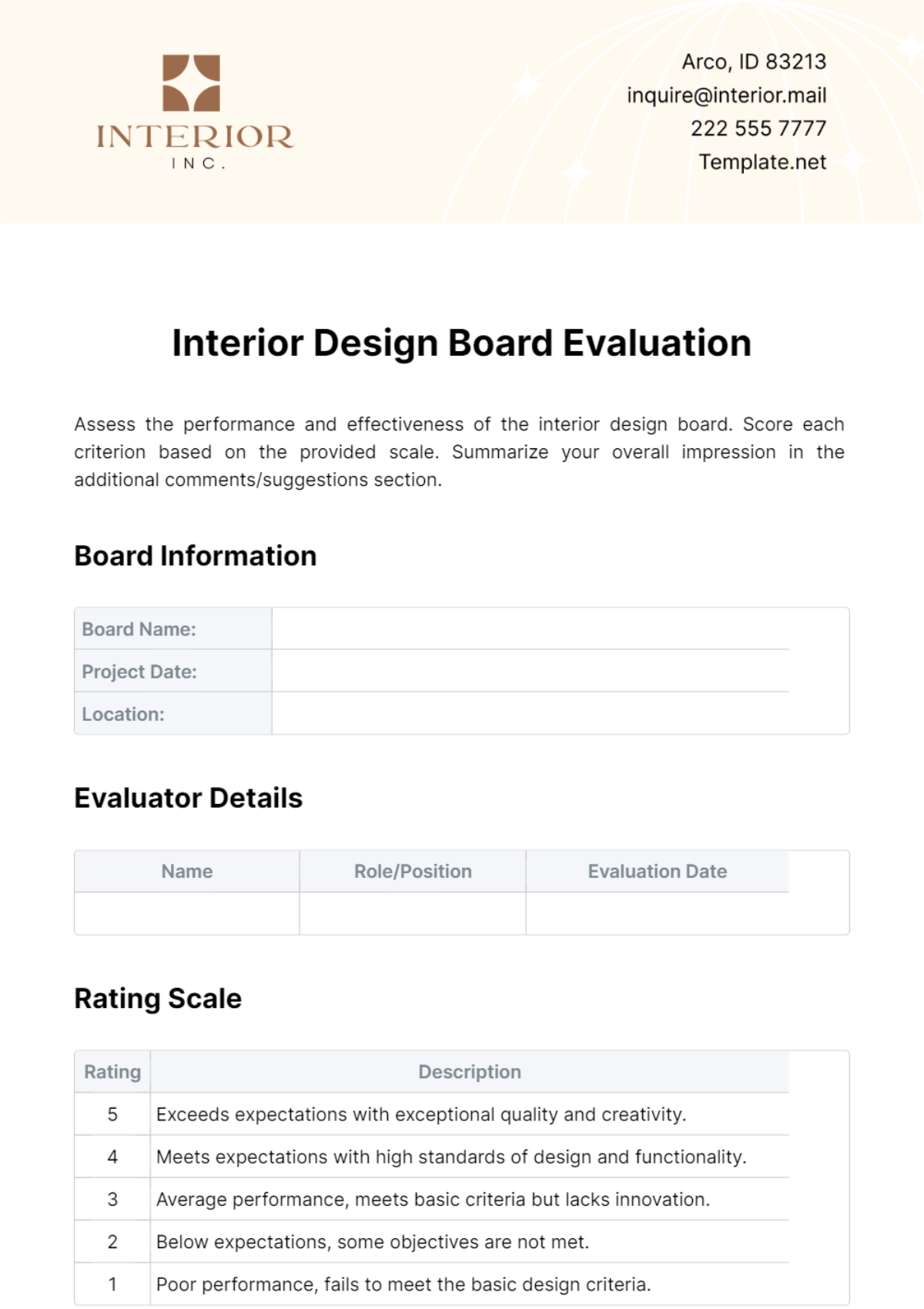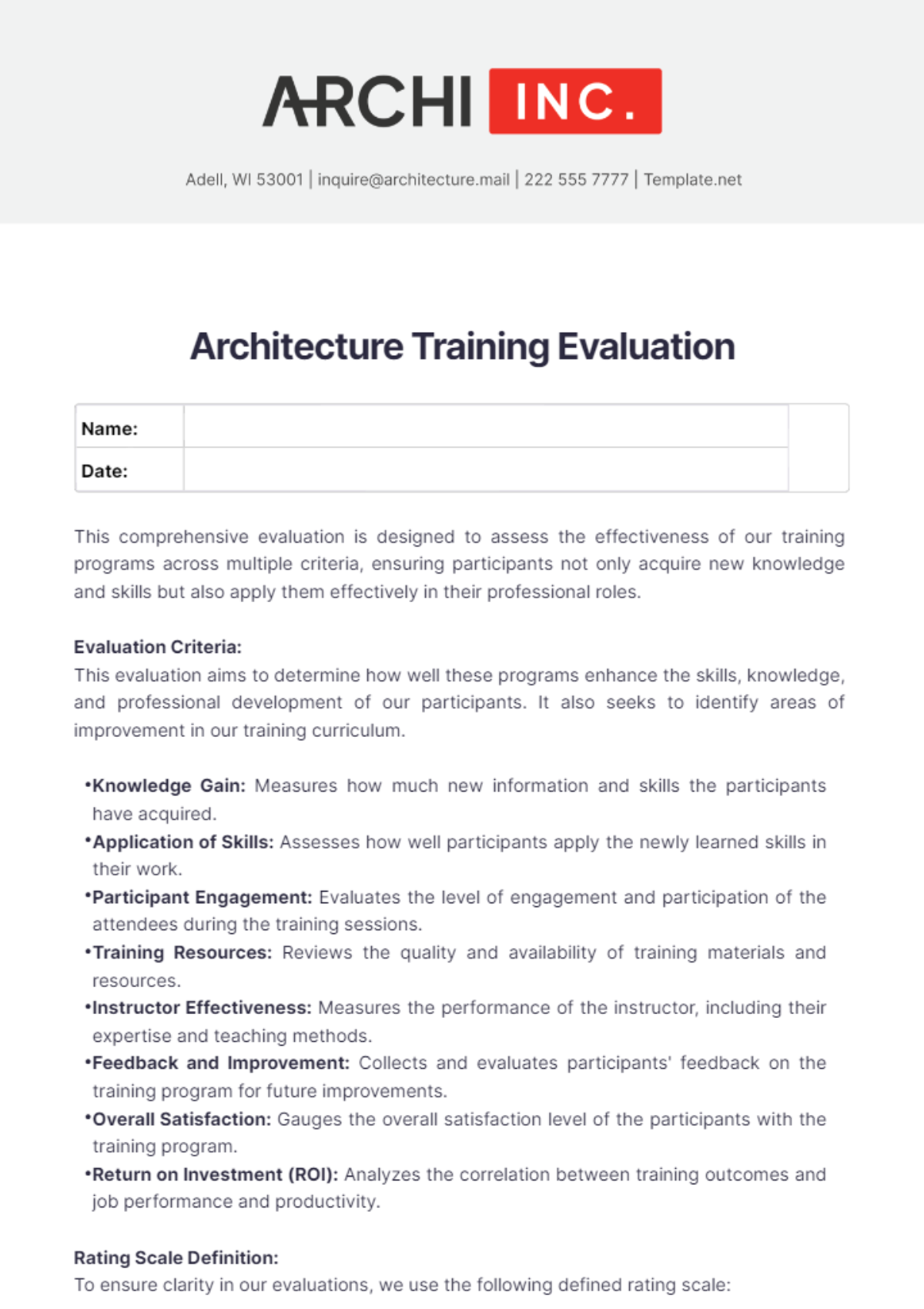Evaluation Dashboard Research Design
Introduction
This research design aims to create an evaluation dashboard that enables project managers to monitor these vital aspects efficiently. The following sections present a comprehensive plan for designing such a dashboard, emphasizing the selection of metrics, data collection methods, visualization techniques, and continuous improvement procedures.
Objectives
The main objectives of this research are:
To identify key performance indicators (KPIs) for monitoring project progress, risks, and resource allocation.
To develop a data collection framework that ensures accurate and timely information gathering.
To design visualization techniques that effectively communicate project status to stakeholders.
To establish a procedure for continuous improvement of the dashboard based on user feedback and data analysis.
Key Performance Indicators
Identifying the appropriate KPIs is critical for effective monitoring. The following table lists essential KPIs for each focal area:
Focal Area | Key Performance Indicators |
|---|---|
Project Progress |
|
Risks |
|
Resource Allocation |
|
Data Collection Framework
For the dashboard to be effective, data must be collected systematically and accurately. The steps involved include:
Defining data sources: Identify internal and external data sources such as project management software, spreadsheets, and databases.
Data integration: Develop protocols for integrating data from different sources to ensure consistency and reliability.
Automated data collection: Implement tools and technologies that enable real-time data collection and minimize human error.
Visualization Techniques
Effective visualization is critical for communicating complex data quickly and clearly. Key techniques include:
Gantt Charts: To visualize project timelines and progress against schedule.
Pie Charts and Bar Graphs: For displaying resource allocation and budget status.
Heat Maps: To highlight areas of high risk and resource bottlenecks.
Dashboards: Integrated platforms that provide an overview with drill-down capabilities for detailed analysis.
Continuous Improvement Procedure
To ensure that the dashboard continues to meet user needs and remains relevant, a continuous improvement procedure should be established:
User Feedback: Collect feedback from stakeholders regularly to identify areas for improvement.
Data Analysis: Regularly analyze collected data to identify trends, discrepancies, and areas needing attention.
Regular Updates: Update the dashboard and metrics to reflect changes in project scope, risk factors, and resource allocation needs.
Training: Provide ongoing training to ensure all users can effectively interact with the dashboard.
Conclusion
Developing an evaluation dashboard for project management involves selecting appropriate KPIs, establishing a robust data collection framework, and using effective visualization techniques. Implementing a continuous improvement procedure ensures that the dashboard remains a valuable tool for project managers. Through systematic monitoring of project progress, risks, and resource allocation, stakeholders can make more informed decisions, ultimately leading to the successful completion of projects.
References
References are essential for providing credibility and supporting the research. Below is a list of suggested formats:
APA: Last Name, First Initial. (Year). Title of Book. Publisher.
MLA: Last name, First name. Title of Book. Publisher, Year of publication.












































